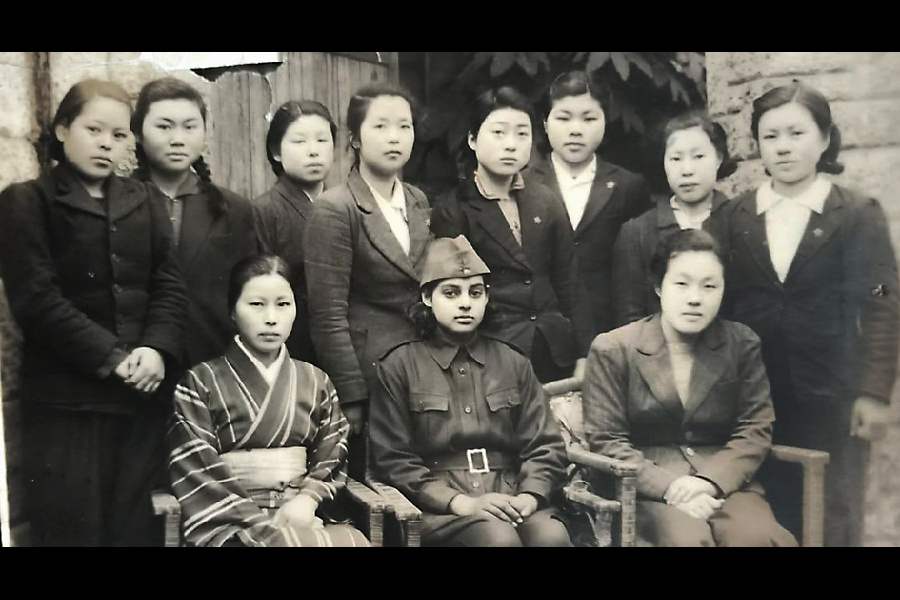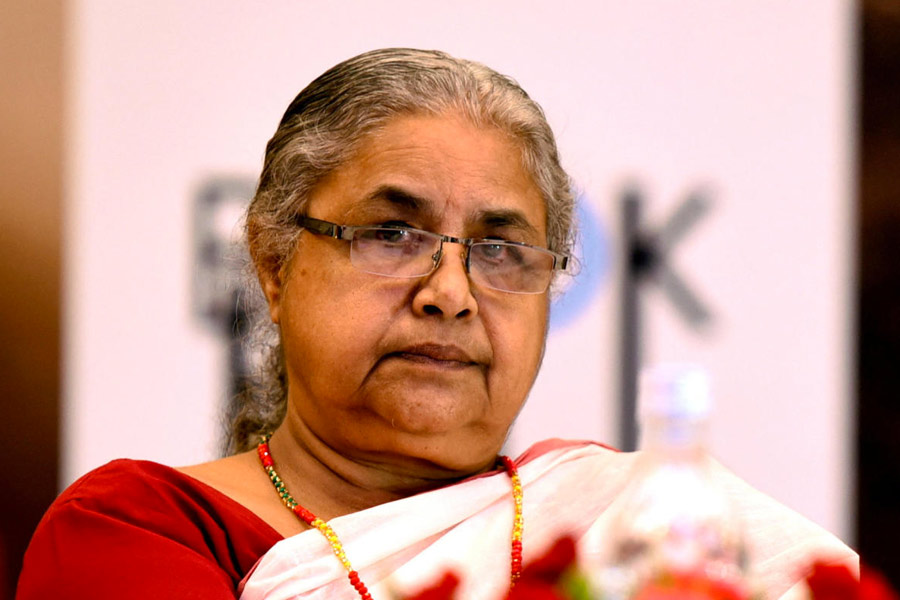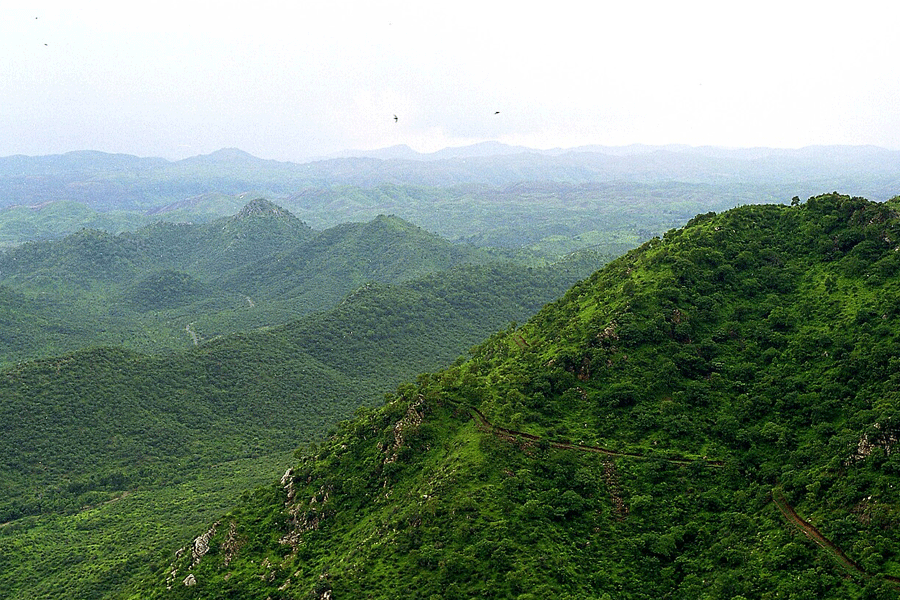Book: THE WAR DIARY OF ASHA-SAN: FROM TOKYO TO NETAJI’S INDIAN NATIONAL ARMY
Author: Lt Bharati ‘Asha’ Sahay Choudhry
Publication: HarperCollins
Price: ₹599
The story of India’s freedom struggle is that of a mass movement, spanning time and geography. Even though inspiring narratives involving individual freedom fighters continue to be celebrated, the engagement has not always been representative: many women revolutionaries remain unsung. The War Diary of Asha-san, an evocative account of a headstrong, 17-year-old freedom fighter in the midst of the Second World War in Japan, is a laudable attempt to rescue such heroines from historical amnesia.
This memoir of Bharati Sahay Choudhry, a lieutenant in Netaji Subhash Chandra Bose’s Indian National Army, is a bildungsroman, charting the chapters of a luminous life. Born in 1928 to expatriate freedom fighter parents — Anand Mohan Sahay, Netaji’s compatriot, and Sati Sen Sahay, Deshbandhu Chittaranjan Das’s niece — Asha’s upbringing was imbued with the prevailing nationalist sentiments. Fittingly, the patriotic fervour that gripped an impressionable teenager, her enlistment in the INA,the War, and her return to India are all dealt with in the book.
Asha’s diary travelled with her through her war-time journey — from Kobe to Taiwan to Saigon to Bangkok — providing singular glimpses of not only her resolute mind and humour but also a war-ravaged milieu. The first entry is on June 1943, when Asha decides to join the Rani of Jhansi regiment of the INA awed by Netaji’s “courage and personality”. Her insightful interactions with him on two occasions form the highlights of the memoir. Asha’s training for combat in Bangkok in the next two years, however, came to nought with Japan’s surrender. A sense of regret for not getting to fight the “enemy” pervades Asha’s thoughts as she writes, “My war ended before it began.”
The memoir is equally the story of Asha as it is of her mother. Sati’s journey coincided with the milestones in the INA’s trek — from convincing Netaji to lead the war from East Asia to receiving his ashes after the fatal crash. The memoir tends to take a partisan stand; it is dismissive of Gandhian nonviolence, the dominant ethos of India’s nationalist movement.
Asha penned her diary in Japanese. The translation by Tanvi Srivastava, from the Hindi translation by the author, manages to retain the nuances of the original Japanese and also offers a comprehensive view of those tumultuous events. The book also features rare photographs from Asha’s sojourns. Text and images help Asha-san’s diary provide a perspective on her life and the War.










